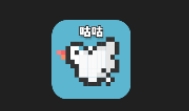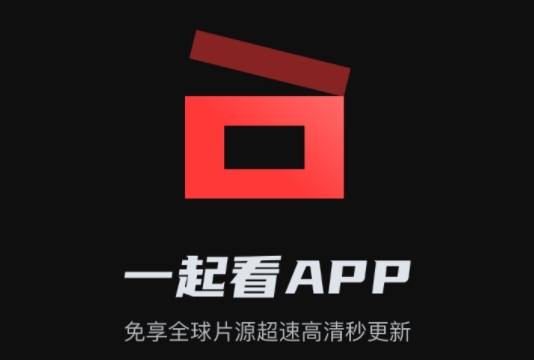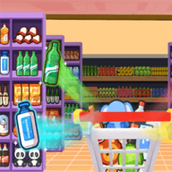最新下载
热门教程
- 1
- 2
- 3
- 4
- 5
- 6
- 7
- 8
- 9
- 10
在VB组件中使用串缓冲 - 1
时间:2022-06-30 11:10:47 编辑:袖梨 来源:一聚教程网
Lesson 1 : Overview
--------------------------------------------------------------------------------
This article serves as a quick "How To" example for using string buffering to concatenate strings in a VB
component. The example VB code will generate a HTML TABLE record that will be sent to an asp file after
being populated with data from a database table. The GetRows() method will be used to acquire the data
from an example Access database.
In many circumstances, sending a Variant array populated by GetRows(), (or a RecordSet) to an asp file
from a VB component is the recommended way to build a HTML TABLE record. Other times you may choose to
build a HTML TABLE record, or other database dependant code, within the VB component itself before sending
it to an asp file. This may not set well with the "true believers" in not mixing HTML and VB code. I tend
to be agnostic and I find sacrificing orthodoxy for speed is sometimes called for with server-side
components. In any regard, this programming choice is exemplified here.
Rather than sending the HTML code from the VB component with the Response.Write method, you can optionally
collect the HTML within a string and send it back as a complete HTML TABLE record. This avoids the need to
instantiate the asp object within the VB component. It also allows other VB code to use your component
without reference to asp. You"re just generating pure HTML code that any COM object can use. But when
putting together a large HTML string in VB, the concatenation operant "&" can slow your code down
significantly.
We"ll be creating two methods, MethodName() and DoBuffer(). The MethodName() method will acquire data from
a database and then use this data to construct a HTML TABLE record it will send to the calling asp file in
one lump sum. Our asp file will initially call the MethodName() method with an sql statement, a connection
--------------------------------------------------------------------------------
This article serves as a quick "How To" example for using string buffering to concatenate strings in a VB
component. The example VB code will generate a HTML TABLE record that will be sent to an asp file after
being populated with data from a database table. The GetRows() method will be used to acquire the data
from an example Access database.
In many circumstances, sending a Variant array populated by GetRows(), (or a RecordSet) to an asp file
from a VB component is the recommended way to build a HTML TABLE record. Other times you may choose to
build a HTML TABLE record, or other database dependant code, within the VB component itself before sending
it to an asp file. This may not set well with the "true believers" in not mixing HTML and VB code. I tend
to be agnostic and I find sacrificing orthodoxy for speed is sometimes called for with server-side
components. In any regard, this programming choice is exemplified here.
Rather than sending the HTML code from the VB component with the Response.Write method, you can optionally
collect the HTML within a string and send it back as a complete HTML TABLE record. This avoids the need to
instantiate the asp object within the VB component. It also allows other VB code to use your component
without reference to asp. You"re just generating pure HTML code that any COM object can use. But when
putting together a large HTML string in VB, the concatenation operant "&" can slow your code down
significantly.
We"ll be creating two methods, MethodName() and DoBuffer(). The MethodName() method will acquire data from
a database and then use this data to construct a HTML TABLE record it will send to the calling asp file in
one lump sum. Our asp file will initially call the MethodName() method with an sql statement, a connection
相关文章
- 命运圣契命运回廊64层西风流打法 12-16
- 巨量百应官方登录入口-官网网址直达 12-16
- 山海进化录不同商店购买推荐 12-16
- 学信网官方登录入口-安全快捷的账号登录指引 12-16
- 青灯照鳞莲生与青玲儿获取攻略分享 12-16
- 豆包网页版官网入口在哪 豆包官网网址是什么 12-16














